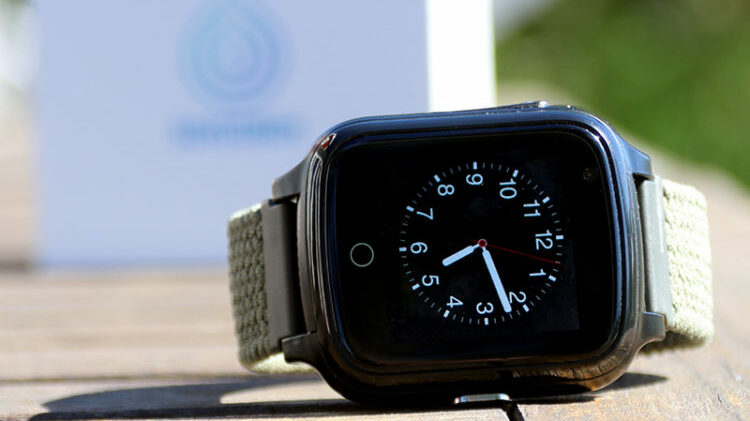Symptoms of Ischemic Stroke – How to Recognize the Warning Signs
An ischemic stroke occurs when a blood clot blocks the flow of blood to a part of the brain, depriving brain cells of oxygen and nutrients. It’s the most common type of stroke – about 85% of all stroke cases in Sweden are ischemic strokes [1].
Recognizing the symptoms early is crucial. The faster treatment is administered, the better the chances for recovery and reduced brain damage.
What Is an Ischemic Stroke?
An ischemic stroke is usually caused by a blood clot that blocks a cerebral artery. The clot can form directly in the brain or travel from another part of the body, often the heart – for example, in cases of atrial fibrillation.
Without oxygen, brain cells begin to die within minutes. Fast treatment – often thrombolysis (clot-dissolving drugs) or thrombectomy (surgical removal of the clot) – can limit or prevent permanent damage.
Common Symptoms of Ischemic Stroke
Symptoms typically come on suddenly and without warning. Common signs include:
-
Numbness or weakness in the face, arm, or leg – usually on one side of the body
-
Speech difficulties – slurred speech or trouble understanding spoken language
-
Sudden vision loss, especially in one eye or in parts of the visual field
-
Dizziness and balance problems, especially when combined with other symptoms
-
Severe headache, though more typical of hemorrhagic stroke, may still occur
-
Confusion or altered consciousness, especially with larger strokes
Symptoms in the Elderly and People with Dementia
In older adults and individuals with dementia, stroke symptoms can be harder to recognize. Sudden changes in behavior, fatigue, or an unexplained fall may be early indicators.
For caregivers and healthcare professionals, subtle changes can be important clues that something is wrong.
What to Do if You Suspect a Stroke
Call emergency services (e.g., 911 or 112) immediately. There is a narrow treatment window – typically up to 4.5 hours – for clot-busting medications to be effective [2].
Use the FAST test:
-
Face – is one side drooping?
-
Arms – can the person raise both arms?
-
Speech – is their speech slurred or hard to understand?
-
Time – time to call emergency services right away!
Fast action can mean the difference between full recovery and permanent disability.
A personal alarm that can be triggered at any time
Sensorem’s personal alarm can automatically trigger the alarm in the event of a fall and then automatically call relatives using the watch’s built-in speakerphone with two-way communication. The user can also trigger the alarm manually by pressing the physical alarm button. The personal alarm works outdoors and has built-in GPS positioning so that relatives can see the user’s position on a map in the Sensorem app.
SENSOREM’S PERSONAL ALARM CAN INCREASE SAFETY AFTER A STROKE
Sources
- The National Board of Health and Welfare (Socialstyrelsen). National Guidelines for Stroke Care, 2018.
- 1177 Vårdguiden. “Stroke – Ischemic Stroke.” https://www.1177.se
- Riksstroke – The Swedish Stroke Registry. Annual Report 2023.
- Hjärnfonden. “What Is a Stroke?” https://www.hjarnfonden.se

